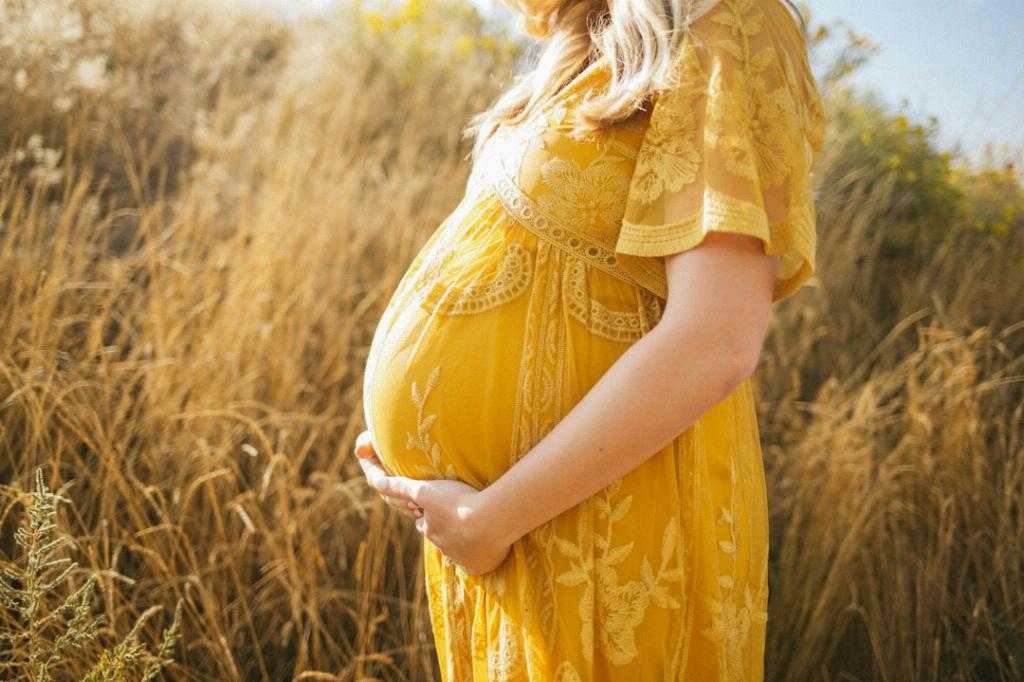Stretch marks are a common concern for many women, particularly during and after pregnancy. They can appear on various areas of the body, including the breasts. One of the most frequently asked questions is whether these stretch marks on the breasts go away after pregnancy. Let’s delve deeper into this topic to provide a comprehensive answer.
What Causes Stretch Marks on Breasts During Pregnancy?
During pregnancy, the skin on the breasts stretches as they undergo changes to prepare for breastfeeding. This rapid expansion of the skin can result in the development of stretch marks, also known as striae. These marks typically appear as red or purple lines and can be a cause of concern for many women.
The Postpartum Period and Stretch Marks
After giving birth, many women wonder whether their stretch marks, including those on their breasts, will fade over time. It’s important to note that while the marks may become less noticeable and fade into paler scars, they are unlikely to disappear completely. The extent to which they diminish can vary from person to person.
Factors That Influence the Visibility of Stretch Marks
Several factors can impact the visibility of stretch marks on the breasts post-pregnancy. These include genetics, skin type, age, and the overall health of the skin. Additionally, the care and attention given to the skin during and after pregnancy can also play a role in how the stretch marks evolve over time.
Effective Strategies for Managing Stretch Marks
While complete removal of stretch marks may not be possible, there are strategies that can help improve their appearance. Keeping the skin well-moisturized, maintaining a healthy diet, and staying hydrated can contribute to the overall health of the skin and potentially aid in reducing the visibility of stretch marks.
Consulting with a Healthcare Provider
If you are concerned about the appearance of stretch marks on your breasts or any other part of your body post-pregnancy, it’s advisable to consult with a healthcare provider or dermatologist. They can offer personalized advice and recommend treatments that may help address the appearance of stretch marks.
Embracing Changes in Your Body
It’s essential to embrace the changes that occur in your body during and after pregnancy. Stretch marks are a natural part of this journey, and while they may not completely disappear, they are a reminder of the incredible process of bringing new life into the world. Remember to practice self-love and acceptance as you navigate through this transformative period.
Self-Care Practices for Skin Health
Engaging in self-care practices focused on skin health can be beneficial for managing stretch marks and overall well-being. Establishing a skincare routine that includes gentle exfoliation, moisturization, and sun protection can help promote skin regeneration and minimize the appearance of stretch marks over time.
The Psychological Impact of Stretch Marks
It’s common for women to experience emotional challenges related to the presence of stretch marks on their bodies. It’s important to recognize that these marks are a natural phenomenon and do not define your worth or beauty. Seeking support from loved ones, practicing positive affirmations, and focusing on self-care can aid in building self-confidence and acceptance.
Conclusion
In conclusion, stretch marks on the breasts post-pregnancy may fade in visibility over time but are unlikely to completely vanish. Embracing the changes in your body, practicing self-care, and seeking professional advice when needed are key steps in managing the appearance of stretch marks. Remember that your body has gone through a remarkable journey, and each mark tells a unique story of motherhood.

